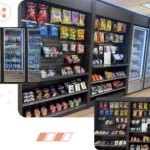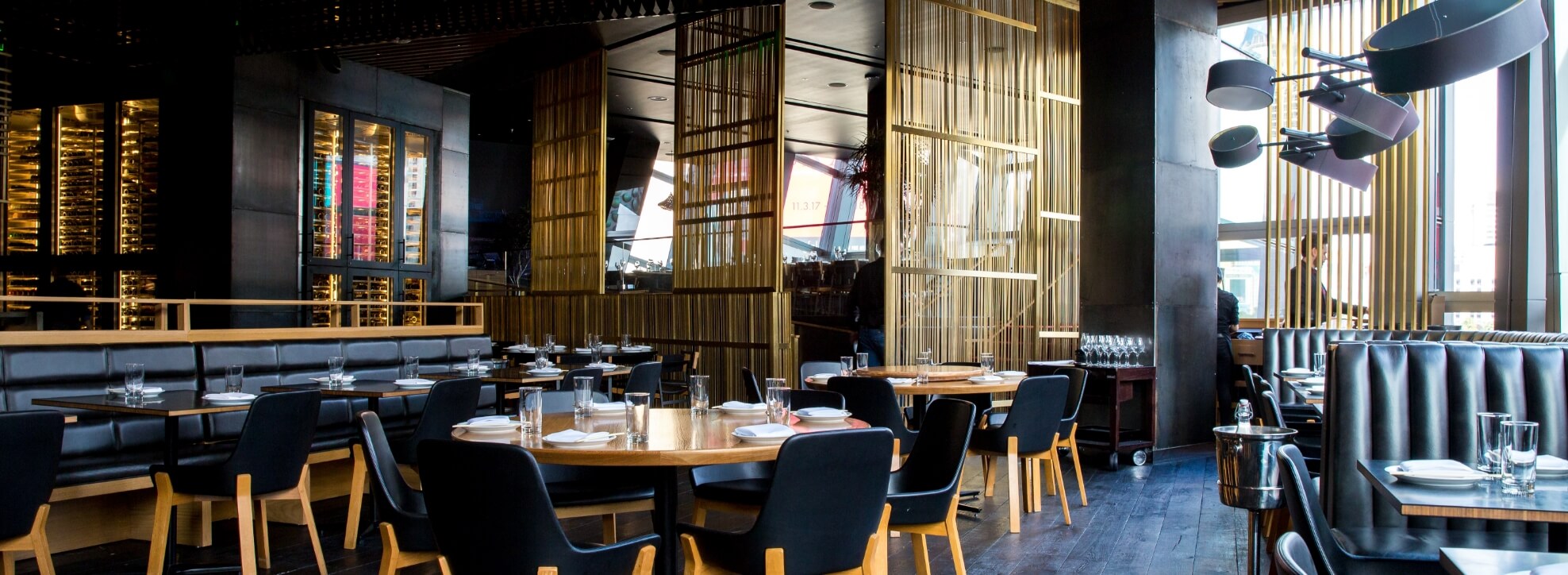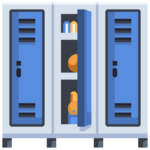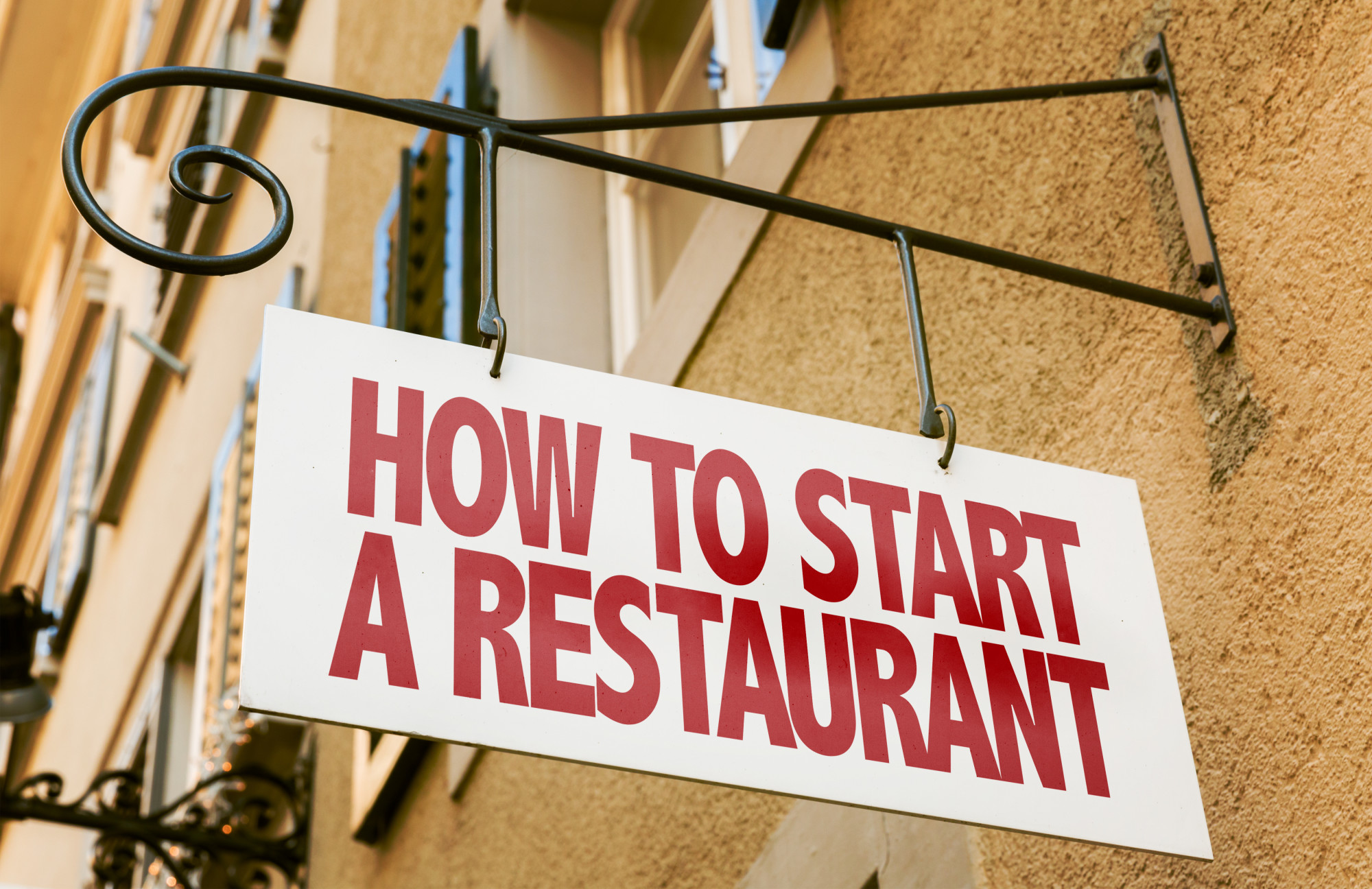Talk about making a gamble! 60% of restaurants aren’t open after their first year in business.
Opening a restaurant can be exciting, but it can cost you a lot of money if it goes wrong. Before you start a new business, you should do your research on how to open a restaurant. There are quite a few questions you need to answer.
How can you figure out what type of restaurant you should open? What details should your business plan include? How can you get funding for your restaurant?
Get the facts and you can start your life as a restaurateur today. Here is your quick guide.
Think About Your Service Style
The service style is the most underrated part of a restaurant. It influences almost everything, including the menu and the ambiance. Each style has its strengths and weaknesses, so consider your options carefully before you start a restaurant.
A quick-service restaurant has a limited menu that the chefs prepare quickly. The options are cheap, but you produce a lot of food in a day, letting you turn a profit. Fast-food restaurants are popular, as are pizzerias and sandwich shops.
Midscale restaurants are sit-down restaurants with limited and full-service options. Customers place their orders at a counter and then receive their food at tables. Many family-style and casual-dining restaurants are midscale, including popular brands like Cracker Barrel.
Upscale restaurants offer full table service with high-quality cuisine and a sophisticated ambiance. Fine dining restaurants are at the top of the category.
Pick a service style you want, then think about a food concept. If you want to sell seafood at a quick-service restaurant, you need to focus your menu on fried seafood, as it cooks quickly.
Create a Menu
Your menu should be unique from your competitors yet easy to prepare. Do your research on competing restaurants in your area and determine how you can stand out.
You should also look at suppliers. The available ingredients should impact your dishes. If there are a lot of local farms in your area, you should use their fruits and vegetables and make produce-heavy dishes.
Create options for your customers. It is okay to specialize in one dish, but create many versions of that dish. If you’re opening a pizzeria, offer pizzas with many different toppings.
Make sure you can accommodate people with dietary restrictions. Provide options for vegetarians and vegans, and create menus with kosher or halal options.
You can look at current trends and let them influence your restaurant. Fusion dishes are becoming popular, so consider combining a few cuisines together in your dishes. You can start a full-fledged fusion restaurant, mixing two cuisines together.
Plan Your Restaurant Out
You cannot open a new business unless you have a business plan. Write down what your service style, food concept, and menu will be like. Describe who your market and target demographics are.
Give any important financial information, including how much money you will put into your new company. Write about what equipment you need and how much everything will cost. You should also discuss how you will market your business.
Think about clever ways you can get money. 70% of restaurant customers would visit a restaurant more often if it had a loyalty program. Start a loyalty program and give rewards to your customers for frequent visits.
Present your business plan to anyone who is interested in working for you. After your restaurant is open, keep your plan and make updates to it as time goes on.
Get Your Funding
You may need a few hundred thousand dollars in order to start your restaurant. If you have the money in your bank account, you can self-fund the restaurant and get started.
But don’t panic if you don’t have the money. If you have some but not all of what you need, you can find a partner or co-investor.
They can put their money into your restaurant in exchange for part of the profits. Try to find a partner who has a network you can leverage for your business.
You can also get money from government programs. The Small Business Administration offers many loans for prospective restaurant owners, including for veterans and people in disadvantaged communities. If the government isn’t offering loans you like, you can go to a bank or an angel investor.
Select a Location
A good location can mean a few different things. Many quick-service restaurants rely on walk-in customers. Some people see a restaurant’s sign and menu and then decide spontaneously to order something.
If you’re running a quick-service restaurant, you need to be in a location with a lot of foot traffic. The restaurant must be big enough to accommodate your cooking equipment, but you do not need extensive space for seating. Most people will take their food and go somewhere else to eat.
A midscale or upscale restaurant needs to have space for seating. You may also need parking so people can stay in the restaurant long enough to enjoy multiple courses.
In addition to size, you must find a space that is accessible and cheap. Calculate how much revenue you will generate during your first year. Find an affordable location where the rent will not increase significantly from year to year.
Look at the local area and see if there are any ordinances. Some cities limit when trucks can load and unload their supplies. Find a place without restrictive laws so you can get supplies throughout the day.
Master Opening a Restaurant
Opening a restaurant is trickier than it seems. You need to think of a service style and develop a good menu. Find ways to distinguish yourself from your competitors, such as offering fusion dishes.
Write a well-detailed business plan that describes how you will make money. Acquire funding from your personal holdings, your friends, and the government. Move into an affordable location that gives you just enough space.
Technology can make opening and running a restaurant easier. Truffle POS lets you manage your kitchen and set up online ordering. Book a demo today.
 Micro Market
Micro Market





